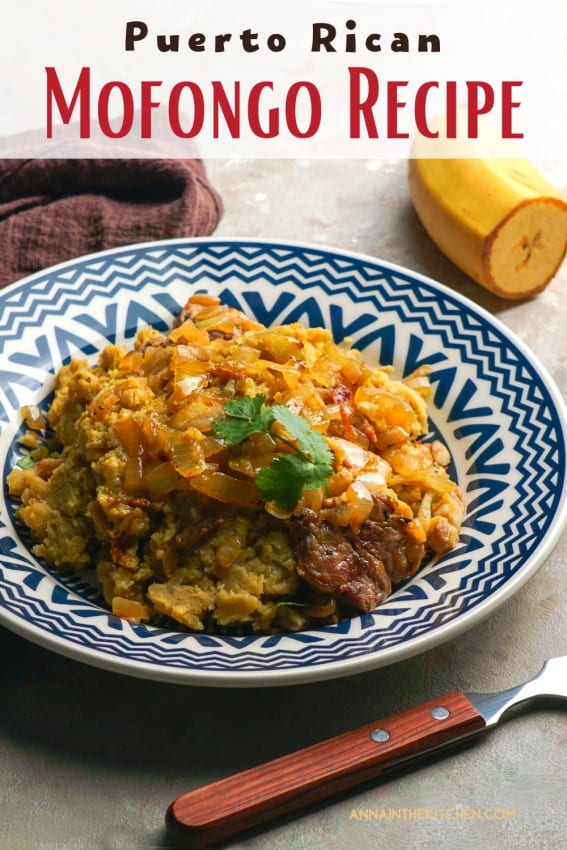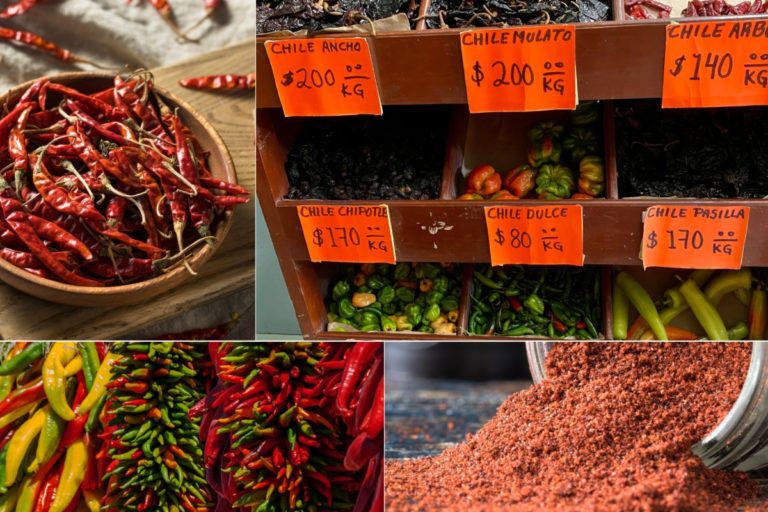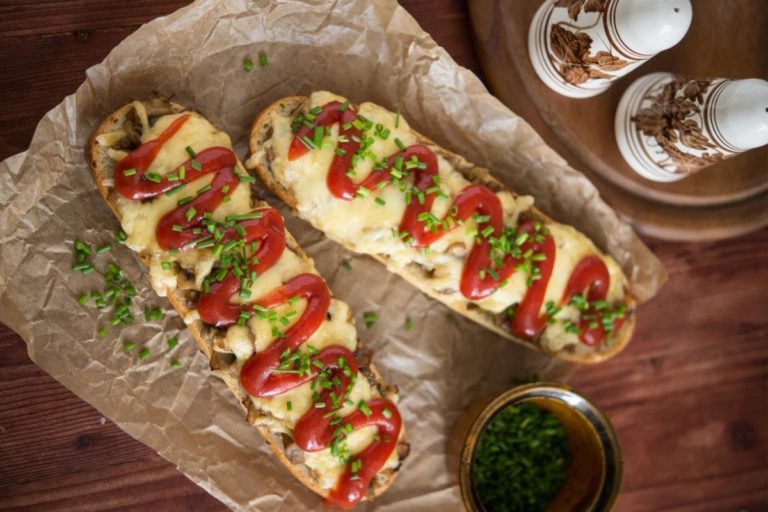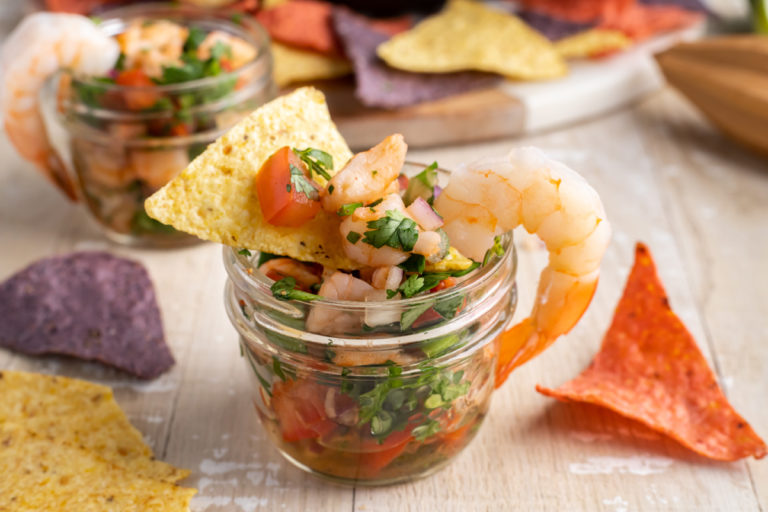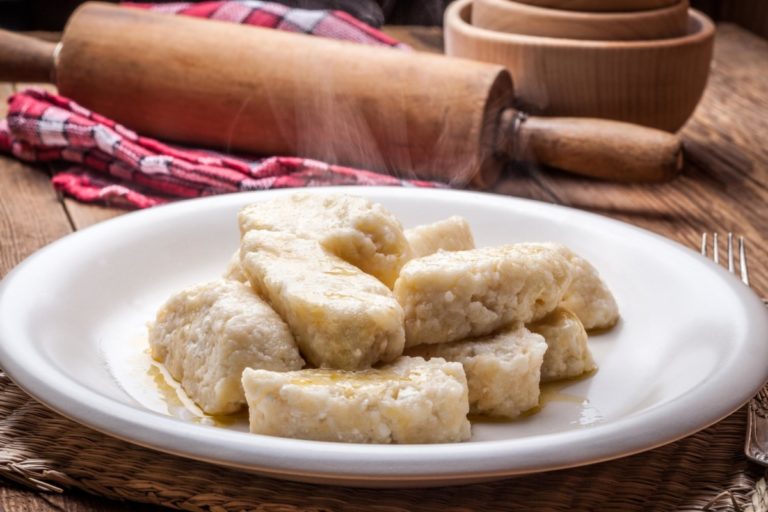Traditional Mofongo from Puerto Rico Recipe
Visit any Latin American restaurant and you can’t miss the rich variety of dishes. Some you grow to love so much that you start making them at home.
Take the Mofongo for instance, quite possibly the Puerto Rican answer to mashed potatoes. This simple banana-based dish is something we make at home quite often.
But before we get to the recipe, let’s talk about why the plantain Mofongo is the pride of the Puerto Rican nation, and how similar it is to its cousin from the Dominican Republic called Mangu.
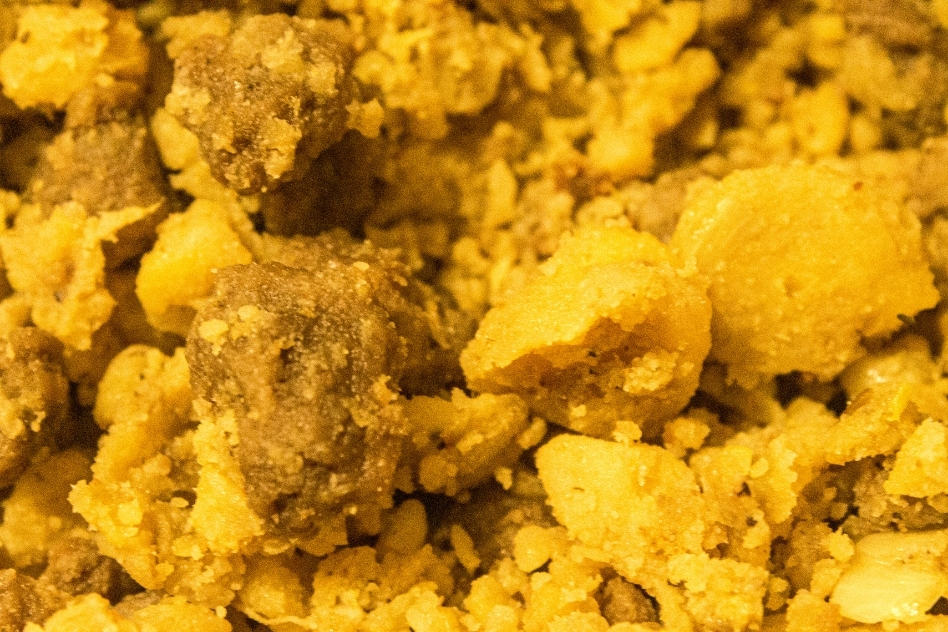
Where did Mofongo originate?
Mofongo was created in Puerto Rico. It was a dish created by a marriage of foreign and local cultural influences. When the Spanish invaders started colonizing the Caribbean countries in the 16th century, they brought their West African slaves with them.
These slaves in turn brought their culinary traditions with them. One notable dish was the fufu or foofoo, a dish made by boiling starchy vegetables such as yams, cassava, cocoyams, or plantains, and pounding them into a dough-like ball. Some West African countries also use maize flour or semolina flour. Fufu was traditionally served with palm nut soup or groundnut soup.
The West African slaves adapted to their new surroundings and used the easily available starchy foods instead, aka plantains. The unripe plantains were mashed with a mahogany hardwood mortar and pestle called a pilon. Then pork pieces, olive oil, and garlic were added to the mixture and formed into a ball. This ball was served along with other meaty dishes.
The modern version of mofongo is made of fried plantains and often served with shrimp, chicken soup, or other meats.
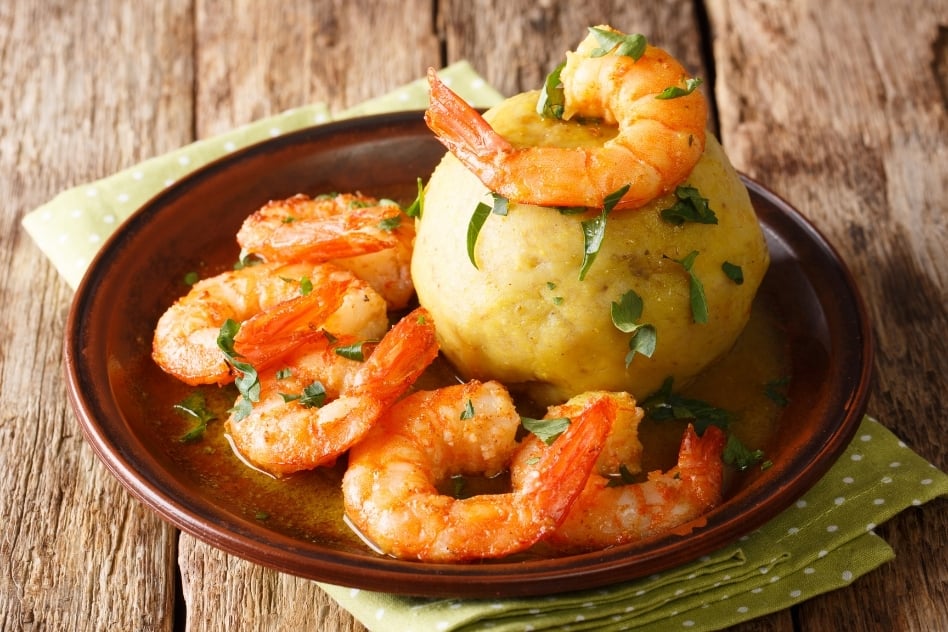
Where did Mangu originate?
This Dominican dish was created in the Dominican Republic by the West African slaves, just like the Mofongo. These slaves, however, boiled yams or plantains and then mashed them with salt and some milk or butter. The older word for mangu was the African mangusi.
Popularly served for breakfast, but also for other meals, mangu is often topped with sauteed red onions, fried cheese, fried eggs, and salami. When served like this mangu is referred to as Mangu con Los Tres Golpes or The Three Strikes.
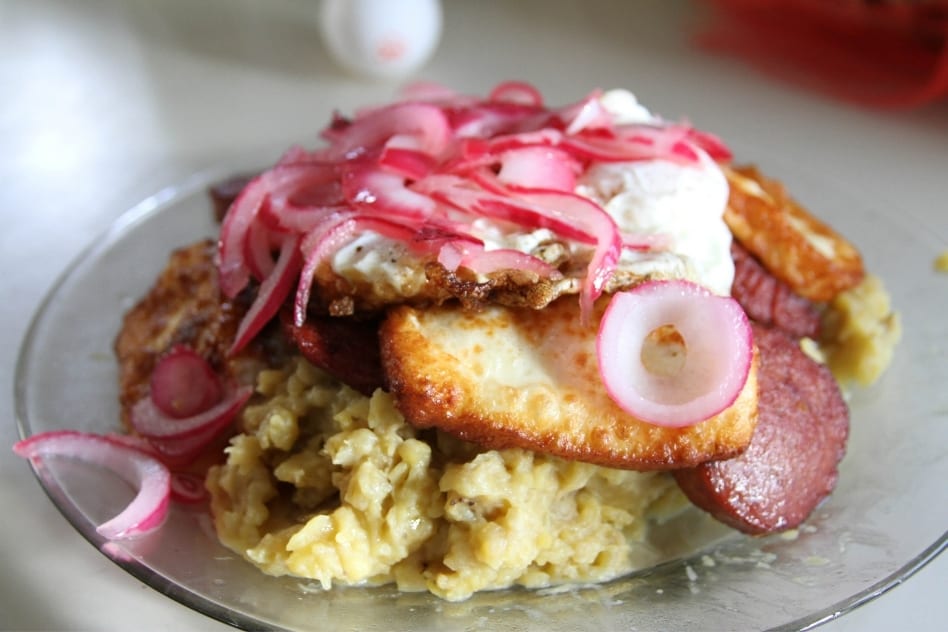
What’s the real difference between Mangu and Mofongo?
Other than belonging to two different countries, the neighboring Dominican Republic and Puerto Rico, there are a few minor differences in the way these dishes are made.
Both dishes begin with a yam, root, or plantain that is boiled. But where the mangu plantains are simply boiled and mashed, the mofongo plantains are boiled, then fried, and then mashed.
The mofongo is usually fried in animal fat such as pork lard or olive oil before being mashed with pork cracklings called chicharron, bacon, garlic, salt, and broth. On the other hand, the mangu is simply boiled before being mashed with oil, butter, or margarine.
Mangu for breakfast is served as Los Tres Golpes mentioned above; while for dinner it may be served with a dish such as Pollo Guisado aka Chicken Stew.
Mofongo is served with either chicken soup, braised meat, shellfish, shrimp, or vegetables.
Anyways, with the simple act of frying the bananas, the difference in the taste is enormous. It may be one of the reasons we love mofongo more. The strong umami flavor may become your favorite too. So on to the recipe!
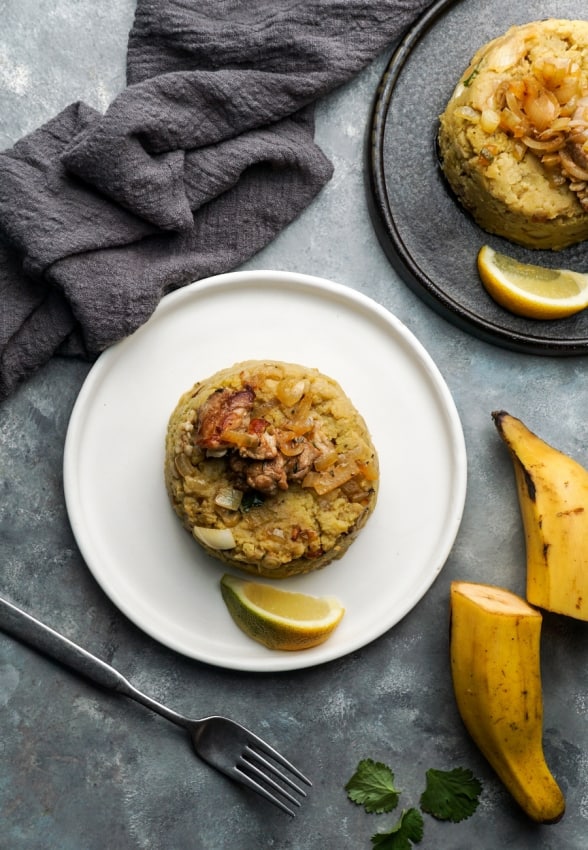
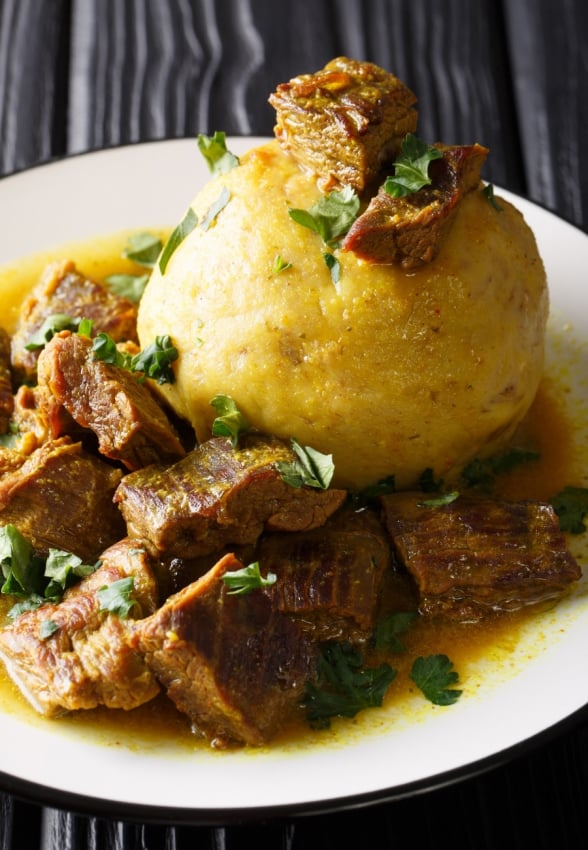
Recipe Pointers For Mofongo Recipe
- Mofongo can be served as a side dish or as a main dish with beans, chicken soup, or fried meat.
- You can use smoked bacon pieces instead of the chicharron.
- If your mofongo turns out too dry, don’t worry. Just remember, you’re serving it with a soup or broth that will balance it!
- If you have leftover mofongo, the next day you can put it in a pan with a few spoons of broth or water and reheat it for any meal.
- To freeze leftover mofongo, form them into squares or patties shapes and freeze on a baking tray for a few hours. Once they’re frozen, move them to an airtight container and store them in the freezer for 3 to 4 months.
- To eat stored mofongo, heat in a frying pan with oil or butter and serve.
Mofongo
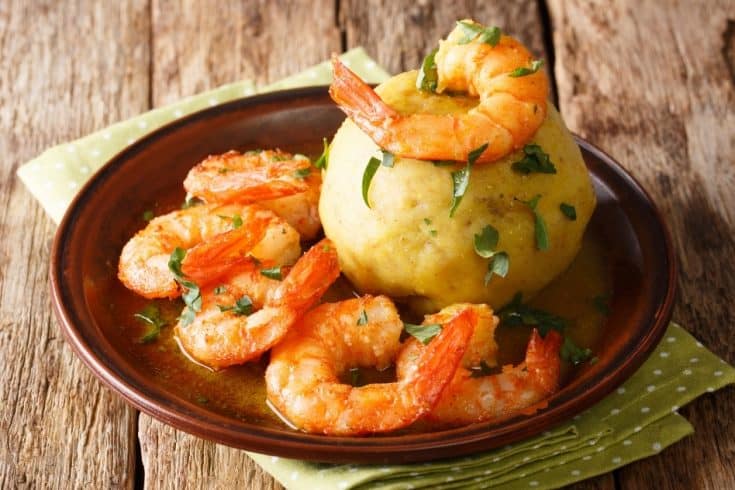
Ingredients
- 2 tablespoons of oil
- 3 unriped plantains
- 4 cloves of garlic (minced)
- 1/4 cup of chicharrones
- salt & pepper
Instructions
- Heat up oil on the frying pan with bacon, garlic and simmer until brown. Remove from the pan.
- Chop plantains in thick slices and fry until golden (about 4 minutes) and dry on a paper towel.
- Put the garlic and bacon paste in a mixing bowl or mortar and add the fried plantains. Mash until thoroughly blended.
- Serve right out of the mortar or turn the mortar upside down and put on a plate.
- Enjoy warm with a broth and either shrimp or chicken.
Notes
Many recipes will tell you to shape it into balls, but traditionally in Puerto Rico you eat it right from the mortar.
Nutrition Information:
Yield:
4Serving Size:
1Amount Per Serving: Calories: 289Total Fat: 8gSaturated Fat: 1gTrans Fat: 0gUnsaturated Fat: 7gCholesterol: 2mgSodium: 125mgCarbohydrates: 58gFiber: 5gSugar: 25gProtein: 3g
